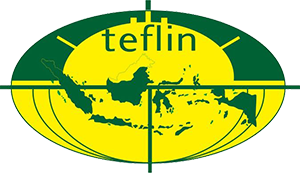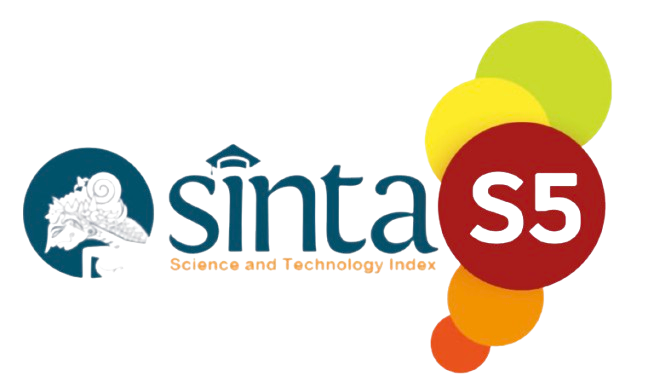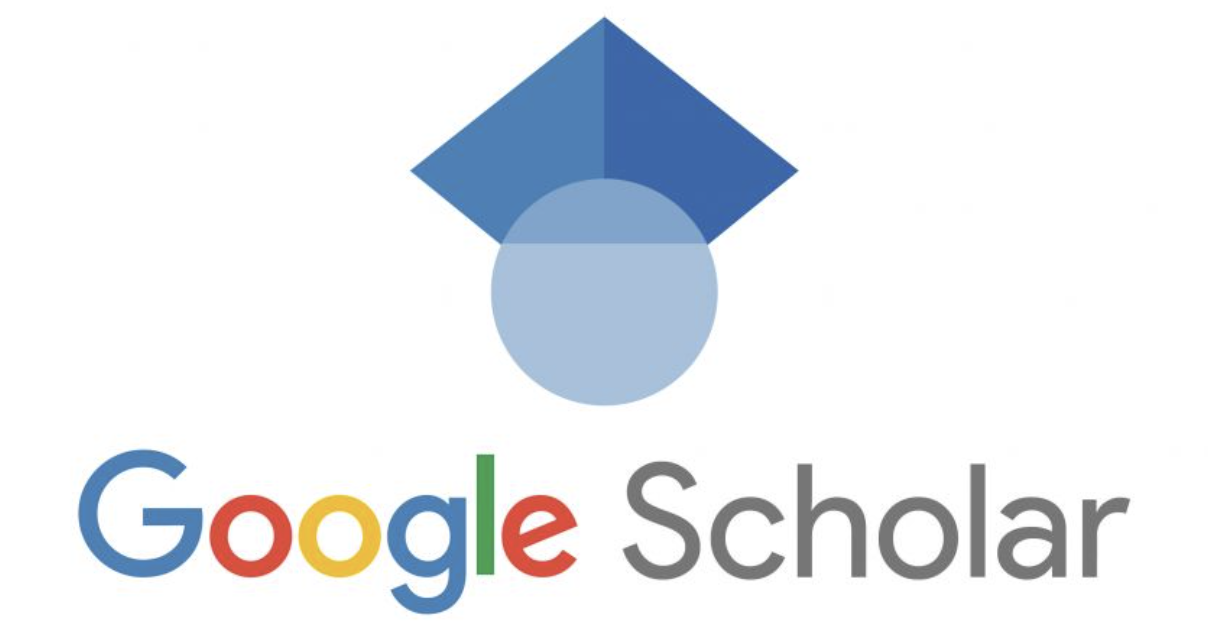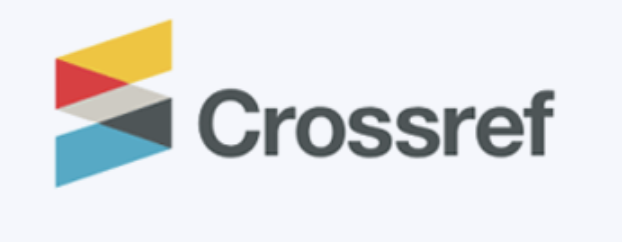The Implementation of Differentiated Instruction Integrated With Technology in English Class
DOI:
https://doi.org/10.52217/ijlhe.v8i2.1930Keywords:
Differentiated Instruction, English Language Learning, Merdeka Curriculum, Technology IntegrationAbstract
The implementation of differentiated instruction is the focus of the Merdeka Curriculum in Indonesia, especially when integrated with technology. The aim is to adapt education to the needs, abilities, and interests of each student. This study explores how English teachers at SMK Negeri 3 Denpasar implement differentiated instruction integrated with technology in the classroom and how this affects students' beliefs in learning English. The method approach used in this study is a mixed-method approach, where qualitative data were collected through classroom observations, while quantitative data were collected through student questionnaires adapted from Horwitz's BALLI framework. The observation results showed that teachers differentiated content, process, and product based on student profiles and learning contexts. As a support for various learning strategies, this study integrated technological tools such as WhatsApp, Google Translate, Quizizz, and Canva. The questionnaire results showed that students had very high beliefs in their language learning abilities when faced with differentiated instruction supported by technology. These findings indicate that the learning model increased students' motivation and self-perception in learning English. This study highlights the importance of teacher adaptability and strategic use of technology to foster a student-centered learning environment that is aligned with the principles of the Merdeka Curriculum.
References
Admiraal, W., van Vugt, F., Kranenburg, F., Koster, B., Smit, B., Weijers, S., & Lockhorst, D. (2017). Preparing pre-service teachers to integrate technology into K–12 instruction: Evaluation of a technology-infused approach. Technology, Pedagogy and Education, 26(1), 105–120. https://doi.org/10.1080/1475939X.2016.1163283
Alavi, S. M., Dashtestani, R., & Mellati, M. (2022). Crisis and changes in learning behaviours: Technology-enhanced assessment in language learning contexts. Journal of Further and Higher Education, 46(4), 461–474. https://doi.org/10.1080/0309877X.2021.1985977
Baecher, L., Artigliere, M., Patterson, D. K., & Spatzer, A. (2012). Differentiated Instruction for English Language Learners as “Variations on a Theme.” Middle School Journal, 43(3), 14–21. https://doi.org/10.1080/00940771.2012.11461807
Creswell, J. W., & Creswell, J. D. (2018). Research design: Qualitative, quantitative, and mixed methods approaches. Sage .
Goyibova, N., Muslimov, N., Sabirova, G., Kadirova, N., & Samatova, B. (2025). Differentiation approach in education: Tailoring instruction for diverse learner needs. MethodsX, 14, 103163. https://doi.org/10.1016/j.mex.2025.103163
Gozali, I., & Cahyono, B. Y. (2022). Studentsʼ perspective on the importance of EFL teachersʼ TPACK (technological pedagogical content knowledge) and XK (contextual knowledge) for learning English during the pandemic. PASAA Journal, 64, 244–277. https://harrt.in.th/handle/123456789/1465
Horwitz, E. K. (1988). The Beliefs about Language Learning of Beginning University Foreign Language Students. The Modern Language Journal, 72(3), 283–294. https://doi.org/10.1111/j.1540-4781.1988.tb04190.x
Istiara, F., & Hastomo, T. (2023). Exploring lecturers and administrative staffs’ strategies to hone EFL students’ digital literacy. JOALL (Journal of Applied Linguistics and Literature), 8(1), 151–172. https://doi.org/10.33369/JOALL.V8I1.25568
Kim, M. K. (2023). PBL Using AI Technology-based Learning Tools in a College English Class. The Korean Association of General Education, 17(2), 169–183. https://doi.org/10.46392/kjge.2023.17.2.169
Kimm, C. H., Kim, J., Baek, E. O., & Chen, P. (2020). Pre-service teachers’ confidence in their ISTE technology-competency. Journal of Digital Learning in Teacher Education, 36(2), 96–110. https://doi.org/10.1080/21532974.2020.1716896
Kupchyk, L., & Litvinchuk, A. (2020). Differentiated Instruction in English Learning, Teaching and Assessment in Non-Language Universities. Advanced Education, 7(15), 89–96. https://doi.org/10.20535/2410-8286.168585
Latifa, H., Ratih, K., & Maryadi, M. (2023). Implementing the Merdeka Curriculum in English Language Teaching: A Study of Teacher Learning Steps. VELES (Voices of English Language Education Society), 7(3), 640–651. https://doi.org/10.29408/veles.v7i3.24049
Mandasari, B., Basthomi, Y., Hastomo, T., Afrianto, Hamzah, I., & Aminatun, D. (2025). The snapshots of Indonesian pre-service English teachers’ perspectives on integrating technology-based tools to rural schools. Voices of English Language Education Society, 9(1), 42–57. https://doi.org/10.29408/veles.v9i1.27965
Menon, D., Chandrasekhar, M., Kosztin, D., & Steinhoff, D. (2017). Examining preservice elementary teachers’ technology self-efficacy: Impact of mobile technology-based physics curriculum. Contemporary Issues in Technology and Teacher Education, 17(3), 336–359. https://eric.ed.gov/?id=EJ1154206
Metaria, M., & Cahyono, B. Y. (2024). EFL students’ engagement in the post-pandemic teaching: Does technology matter? Journal on English as a Foreign Language (JEFL) , 14(1), 26–47. https://doi.org/10.23971/jefl.v14i1.6503
Miles, M. B., & Huberman, A. M. (1994). Qualitative data analysis: An expanded sourcebook. Sage.
Napida, M., Farhan, M., Istiara, F., & Hastomo, T. (2024). Innovative Approaches: Integrating Technology into English Language Teaching and Curriculum Design. LEXEME : JOURNAL OF LINGUISTICS AND APPLIED LINGUISTICS, 6(2), 79–86. https://openjournal.unpam.ac.id/index.php/LJLAL/article/view/41542
Ni’mah, F., Wafa, Z., & Sulistiyaningsih, E. F. (2024). The Implementation of Merdeka Curriculum in English Language Teaching in High School. English Education and Literature Journal (E-Jou), 4(02), 99–106. https://doi.org/10.53863/ejou.v4i02.996
Putra, R. W. P. (2023). Improving Students’ Vocabulary Through Paper-Mode Quizizz: A Classroom Action Research in Indonesian EFL setting. English Learning Innovation, 4(1), 22–31. https://doi.org/10.22219/englie.v4i1.24832
Tomlinson, C. A. (2001). How to differentiate instruction in mixed-ability classrooms. . ASCD.
Wulyani, A. N., Widiati, U., Muniroh, S., Rachmadhany, C. D., Nurlaila, N., Hanifiyah, L., & Sharif, T. I. S. T. (2024). Patterns of utilizing AI–assisted tools among EFL students: Need surveys for assessment model development. LLT Journal: A Journal on Language and Language Teaching, 27(1), 157–173. https://doi.org/10.24071/llt.v27i1.7966














